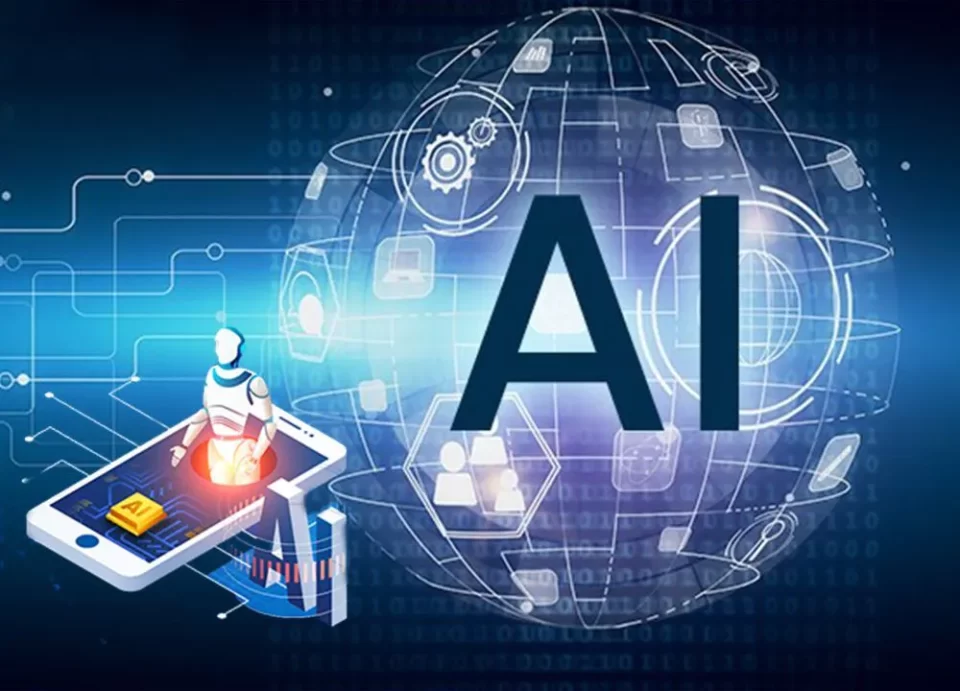The increasing reliance on apps for everything by businesses and individuals has led to soaring demand for software applications. App-making companies have swiftly responded to this rise, stepping up their production to capitalize on this overwhelming demand. Around 90,000 mobile apps were released through the Google Play store alone in June 2023. However, among the millions of apps released every year, many fail to meet expectations, getting rejected or uninstalled by users due to functionality glitches or other problems.
With the competition getting fierce and the number of rejected apps growing, companies are ensuring that each app they release is perfect in every way. As it is necessary to ensure the reliability and functionality of the applications before release, quality assurance has become a critical part of software development.
With technology advancing rapidly, innovative techniques are fast-replacing traditional methods to handle the challenges in software testing. The use of Generative AI (Artificial Intelligence) is one approach that is quickly gaining popularity among developers and testers.
What is Generative AI?
It is an approach where models based on generative AI harness machine learning techniques for getting fresh and novel results considering patterns and data it has learned. This is in sharp contrast to traditional approaches that depend on human-programmed instructions and other predefined rules. Models based on generative AI use techniques like neural networks and deep learning to understand the characteristics and structure of the data they are trained on. The creative capacity of generative AI makes it a powerful tool in the software testing arena.
You can use generative AI to automate many aspects of the QA process. Through generative AI, you can detect patterns and anomalies and forecast potential problems that can negatively affect software quality. Using generative AI, you can automate the generation of test cases and create synthetic test data as well. Generative AI offers many perks to software testers and developers, helping them identify complex software issues beyond human testers’ scope.
Benefits of Generative AI in software testing
Generative AI provides multiple benefits that help improve test coverage, improve bug detection, and speed up the software development process. Let us look at the key benefits they provide to the software testing sector:
1. Enhanced test coverage and efficiency
Generative AI models can automatically develop comprehensive test cases for a range of scenarios and inputs, thereby lessening the effort required for test creation. Moreover, it enhances the effectiveness and efficiency of the testing process.
For example, assume you need to test a mobile application across different platforms, browsers, and devices. In such cases, you can leverage generative AI to cover many combinations of devices, browsers, and platforms for comprehensive coverage without relying on manual test case creation or environment setup.
Thus generative AI enables quicker bug detection and fosters your confidence in the quality of the application you are testing.
2. Better bug detection
Another valuable perk generative AI provides is that it can unearth issues that human testers may easily overlook. Generative AI techniques analyze tons of software-related data like logs and code to determine differences contradictory to the anticipated application behavior.
Through these irregularities, generative AI models identify performance issues, potential bugs, and other problems at early stages in the software development process.
3. Adaptation to changes in software
Dynamic adaptability to changes is a feature that makes generative AI stand apart from traditional techniques. Whenever developers add a new feature to an application or modify an existing one, generative AI understands the changes and creates test cases accordingly.
Thus, generative AI allows you to speed up the overall testing cycle by bridging the gap between testing and development.
4. Continuous learning
One significant advantage of Generative AI is that it learns continuously from the test results. When it confronts a new failure pattern, it adds that knowledge into its model for future testing.
This continuous learning process, together with faster execution speed, leads to a significant productivity boost.
5. Automatic generation of reports
Previously, traditional software testing models needed manual intervention to interpret results and generate summary reports. With generative AI, you no longer have to rely on humans for the same.
After executing test cases, Generative AI automatically generates actionable reports that are clear, precise, and reliable.
Conclusion
In addition to the above, generative AI can also be used to identify test cases that are more likely to detect bugs, enabling testers to focus all their energies on prioritizing crucial areas. Another way to use generative AI is for the maintenance of test cases. This will guarantee that tests remain updated along with changes in the software.
With such invaluable benefits, it is obvious that generative AI has the potential to transform the automated software testing process. By allowing testers to automate the creation of test cases, generative AI helps them save time and effort and enhance the quality of their tests.
Undoubtedly generative AI is the future of software testing, and as it keeps evolving, it will become even more versatile and powerful.
Now that you are clear about the advantages that generative AI can offer your testing strategy, the next step is to identify the most suitable software testing platform that can leverage generative AI to take your testing to the next level.
We strongly suggest you opt for a tried and tested automation testing platform like TestGrid that has proved its worth consistently with its impeccable performance. TestGrid, a versatile, AI-powered test automation platform, revolutionizes your automation testing, enabling significant savings in costs, decreasing the testing time, and allowing you to deliver error-free applications faster to the market.
With TestGrid’s AI algorithms, generating test cases is accelerated and becomes simpler for the testing team. Moreover, with TestGrid’s incredible AI capabilities, you can identify bugs and vulnerabilities early in the development cycle, reducing debugging time and preventing small issues from developing into major problems later.


